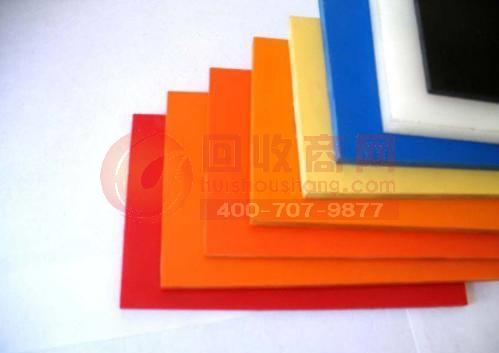ABS injection molding process: nine major problems that must be paid attention to during the injection molding process

aBS is a terpolymer developed on the basis of polystyrene modification, wherein a represents acrylonitrile, B represents butadiene, and S represents styrene. Today, we will carefully understand the main points of the injection molding process of aBS. The aBS resin has the comprehensive properties of three components, a can improve the oil resistance and chemical corrosion resistance, and thus has a certain surface hardness; B makes the aBS exhibit rubbery toughness. Improve the impact toughness; S makes aBS plastic show better fluidity, so that it has good performance in thermoplastic molding.
ABS plastic is mainly used in China to manufacture the outer casing of instrumentation, household appliances, telephones, televisions, etc. and aBS plastic for electroplating, so as to impart metallic luster, and aBS is used to replace metal.
Pay attention to the following points when molding aBS
1, plastic processing
The water absorption of aBS is about 0.2%-0.8%. For general grade aBS, it is baked in an oven at 80-85 °C for 2-4 hours or 400 °C for 1-2 hours in a drying hopper before processing. For the heat-resistant grade aBS containing the PC component, the drying temperature is appropriately adjusted to 100 ° C, and the specific drying time can be determined by air extrusion.
The proportion of recycled materials used should not exceed 30%, and the graded aBS cannot use recycled materials.
2, injection molding machine selection
Ramada standard injection molding machines are available (screw length to diameter ratio of 20:1, compression ratio greater than 2, and injection pressure greater than 1500 bar). If the color masterbatch or the appearance of the product is required to be high, a small diameter screw can be used. The clamping force is determined according to 4700-6200t/m2, which depends on the plastic grade and product requirements.
3, the melting temperature
It can be accurately determined by the air injection method. The grades are different and the melt temperature is different. It is recommended to set the following:
Impact rating: 220 ° C - 260 ° C, preferably 250 ° C
Plating grade: 250 ° C - 275 ° C, preferably 270 ° C
Heat resistance grade: 240 ° C - 280 ° C, preferably 265 ° C - 270 ° C
Flame retardant grade: 200°C-240°C, preferably 220°C-230°C
Transparent grade: 230 ° C -260 ° C, preferably 245 ° C
Glass fiber reinforced grade: 230 ° C - 270 ° C
For products with high surface requirements, higher melt temperatures and mold temperatures are used.
4, mold and gate design
The mold temperature can be set to 60-65 °C. The flow path has a diameter of 6-8 mm. The gate is about 3mm wide and has the same thickness as the product. The gate length is less than 1mm. The vent hole is 4-6mm wide and 0.025-0.05mm thick.
5, back pressure
Under normal circumstances, the lower the back pressure, the better. The commonly used back pressure is 5 bar, and the dyeing material needs a higher back pressure to make the color mixing uniform.
6, injection speed
The fire level should be slow and the heat level should be fast. If the surface requirements of the product are high, the rate of fire control of high-speed and multi-stage injection molding is used.
7, staying time
At a temperature of 265 ° C, the retention time of aBS in the melt cylinder can not exceed 5-6 minutes at most. The flame retardant time is shorter. If the machine needs to be shut down, the set temperature should be as low as 100 °C, and then the general-purpose aBS should be used to clean the melt cylinder. The cleaned mixture should be placed in cold water to prevent further decomposition. If you need to change the aBS material from other plastics, you must first clean the melt cylinder with PS, PMMa or PE. Some aBS products have no problem when they are released from the mold. After a while, there will be discoloration. This may be caused by overheating or excessive residence time of the plastic in the melt cylinder.
8, post-processing of products
Generally, aBS products do not need post-treatment, only electroplated grade products need to be baked (70-80 ° C, 2-4 hours) to passivate surface marks, and the products to be electroplated cannot use the release agent, and the products should be packaged immediately after removal. .
9. Matters to pay special attention to during molding
There are several grades of aBS (especially flame retardant grades). After plasticizing, the melt has a strong adhesion to the surface of the screw and will decompose after a long time. When the above situation occurs, the screw homogenization section and the compression pull-out wiping test are required, and the screw is periodically cleaned by PS or the like.
Naips carries a large selection of Emergency Exit Sign Light for your option. Patterns can be customized and replace.
Emergency Exit Light,Led Exit Signs,Neon Exit Sign,Emergency Exit Sign Light
Foshan Nai An Lighting Electric Co.,ltd , https://www.fsnaipsled.com